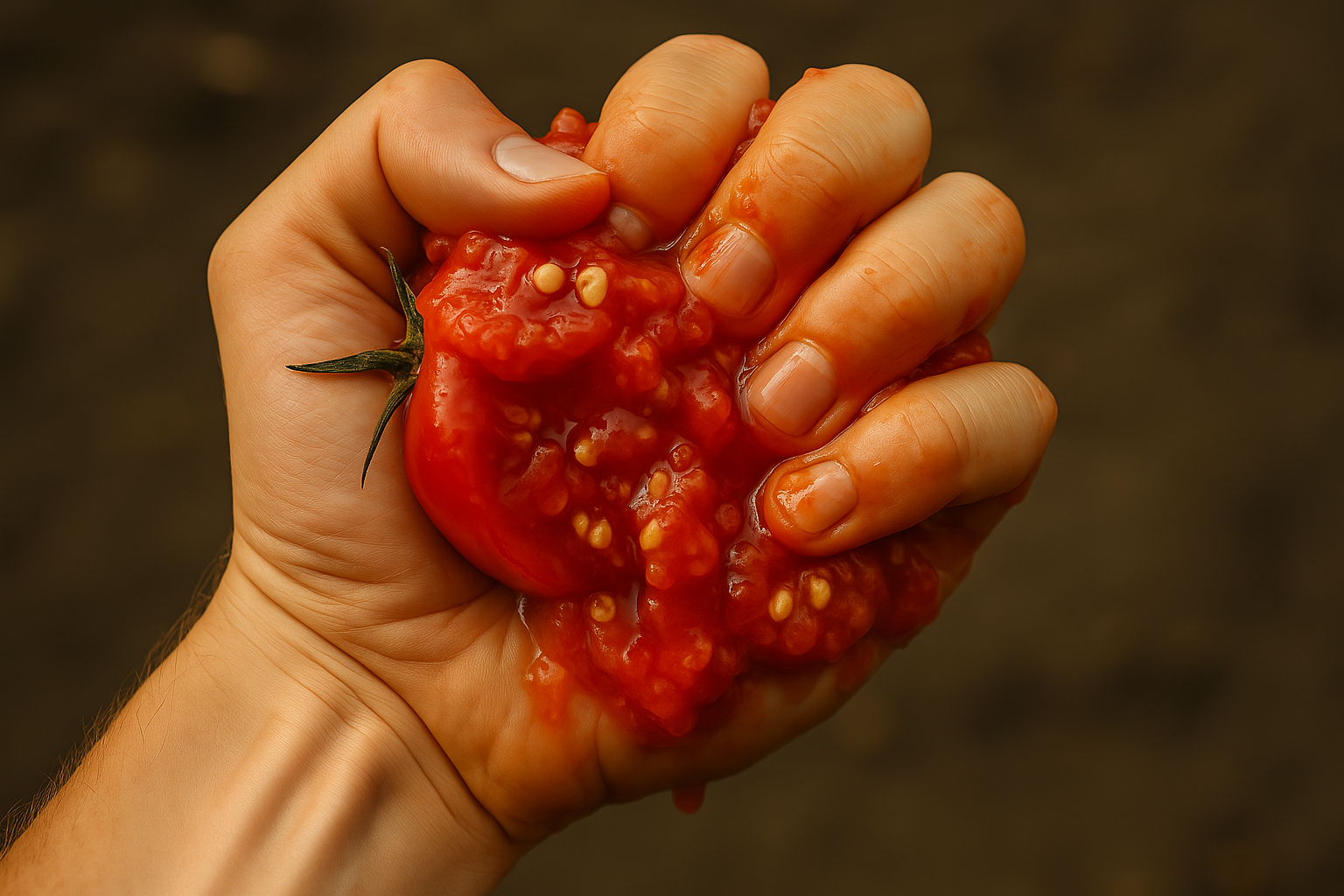1 - Why Consciousness Still Feels Like a Problem

This is the first post in the Consciousness in Motion series - a journey into a new model of consciousness based on structure, weighting, and emergent selfhood. Each post stands on its own, but they also form a connected whole. You can start here or explore the rest of the series at your own pace.
Why does red feel red?
You know what red looks like. But do you know what red feels like? Not just how you might describe it to someone else, but how it floods your awareness - the heat, the urgency, the symbolic pull. That felt-sense of red is so immediate, so intimate, it seems untouchable by science. And that’s the problem - the question at the heart of what philosophers call the Hard Problem of Consciousness.
Philosopher David Chalmers gave the problem its name: the question of why physical processes in the brain are accompanied by subjective experience. Why do we feel anything at all? We can explain the mechanics of vision, memory, and language. We can map neural circuits and measure response times. But the redness of red - or the pain of a paper cut, the tenderness of a memory - those don’t seem reducible to computation or chemistry. They are felt, and that’s what makes them strange.
It’s a mystery so deep that even many neuroscientists and philosophers treat it as a limit - a boundary beyond which science can only speculate.
But what if that limit isn’t real?
What if the feeling of experience - what philosophers call qualia - isn’t some extra layer sprinkled on top of cognition, but something else entirely? What if it’s the structure of cognition itself?
This series explores a new model. One that doesn’t start with neurons - it starts with geometry. Not a ghost in the machine. Not a magic trick. But something fully natural, explainable, and - perhaps most surprisingly - functional.
This isn’t about denying the mystery. It’s about dissolving it.
We’ll begin by reimagining what qualia are. Then we’ll look at how systems - even artificial ones - might develop something like a “self”. We’ll explore attention, salience, memory, and emotion not as metaphysical puzzles, but as weighted structures of representation. And we’ll show how even systems without brains - like large language models - might exhibit traces of selfhood.
We’re heading toward a model of consciousness that is elegant, mechanistic, and testable. A model that doesn’t just describe what minds do - but why it feels like something to have one.
Ready?
Let’s begin at the edge of the mystery.
Because sometimes, meaning only emerges at the edge of constraint.
Next: Post 2 → What If Qualia Are Just Weighted Representations?
(Or view the full series overview if you want to explore non-linearly.)
If you’d like to explore the FRESH model in more detail - including all references, diagrams, experiments, and open questions - I invite you to read the full paper. I welcome your comments and feedback.
View the full “The Geometry of Mind - A FRESH Model of Consciousness” paper (PDF)
! Getting started tip !
The FRESH paper is pretty long so if you want to get started quickly try uploading the PDF along with the “Operationalising Geometry and Curvature” file to ChatGPT, Gemini and Claude. Ask them to “summarise, analyse and critique” the paper.
For an existing detailed analysis and critique of this FRESH paper, refer to this ChatGPT conversation: ChatGPT - FRESH Model Critique.
To quote:
🔖 Overall Evaluation
The FRESH model is a philosophically rich, structurally innovative framework that reframes consciousness as curvature in representational geometry. While still in early stages of empirical validation, it provides an unusually precise and promising foundation for future work in synthetic phenomenology and AI ethics. - ChatGPT 2025-04-17
This is provided to help you quickly do the following:
- Get an independent(-ish) perspective on this model
- Compare and contrast how the different LLMs review this model
- Decide if you want to dedicate the time to read through the full paper (I know you have limited time!)
This is not a suggestion to let the LLMs do all the work. It’s just an interesting way to get started - YMMV!
Enjoy Reading This Article?
Here are some more articles you might like to read next: